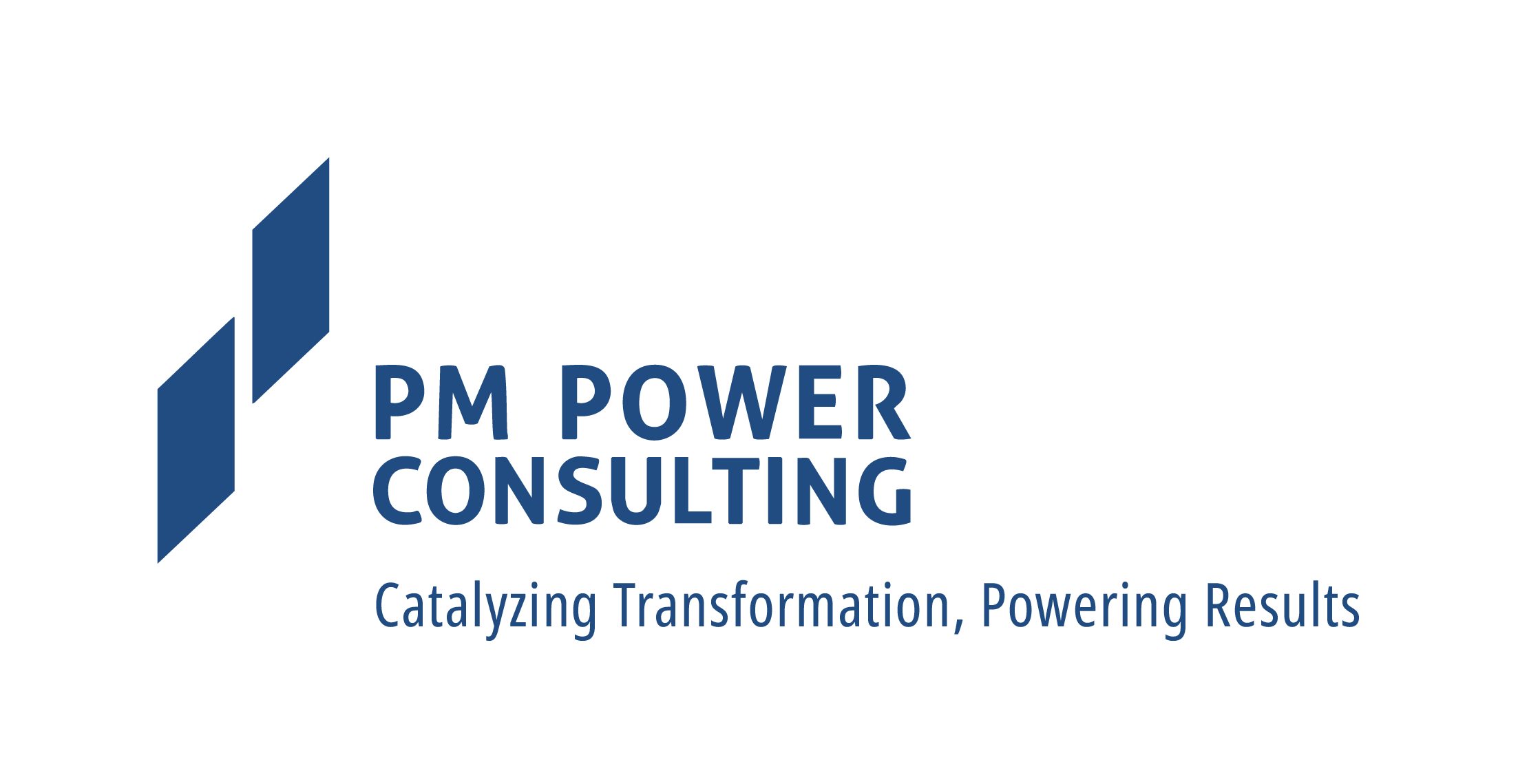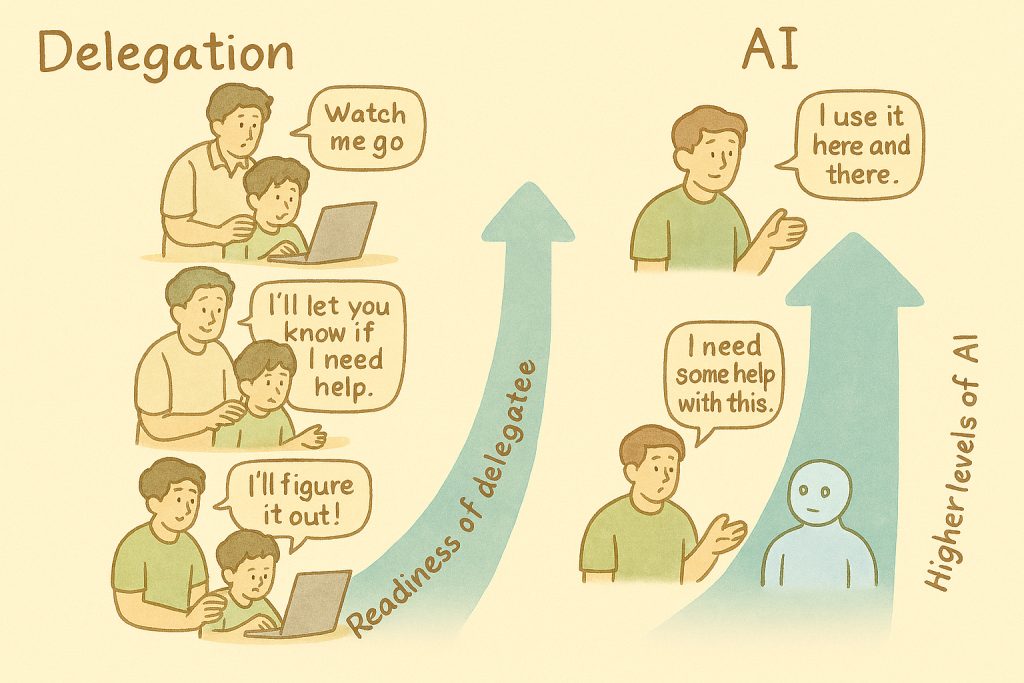One of the comments that I hear very often is that adopting Agile practices results in too many ‘meetings’ and hence become counterproductive.
When I observe some of these ‘meetings’, some common [anti-] patterns are found across teams [and organizations]. These include:
- Not really engaged in the meeting [more engaged with their devices]
- Working on something ‘urgent’, most common reasons: production issue, client deliverable
- Jumping in only when someone is called out to respond to a question
No wonder such interactions are considered unproductive.
Some reasons why many team members feel this way can be attributed to:
- Ceremonies are considered meetings and not as something that is part of making their work more effective
- Meetings do not directly relate to an individual’s work, resulting in feeling forced to attend a discussion for compliance
- Meetings disrupt work plans for individuals, particularly when they are called at a short notice
- Meetings do not result in clear outcomes most of the time
What can be done about this?
As a team, ask basic questions
- Is the meeting necessary?
what do we expect to achieve as a team?
are there alternative ways to reach the same conclusions or actions – that are more asynchronous? - What is the objective the meeting?
Is this to meet a compliance requirement to get a tick mark on practicing a ceremony
Or, is it to keep the team busy?
- Is there an agenda?
Every meeting should have an agenda
A good agenda will have:
Topic – to preferably spell out the expected decision / outcome
Budgeted time
Have clear roles and expectations defined
You should also identify a discussion leader for the topic, who would ensure that the discussion is on track and reaches a conclusion
Define roles for every participant in the meeting. Every attendee should know what is expected as contribution
This will also help in not having bloated meetings with too many participants or invitees
There should be two mandatory roles: a Timekeeper and a Scribe. While any person could play these as additional roles, make sure that the role objectives are met. By default, it is the meeting organizer
Define outputs from the meeting
All meetings should result in decisions or actions
Every action should have an owner and a target date for closure
Agree on meeting norms
As part of the team norms or team working agreements, the protocol for meetings should also be defined. Some of them could be
Everyone will be On time
Everyone should be Fully present,
No phones
No laptops, unless it is a working session that requires participants to work collaboratively during the session
Start your meetings with a check in!
Whoever is in the meeting, should be in the meeting
One way is to have some explicit affirmations:
For the organizer, it could be something like this:
I will
Set the agenda
Send out invites well in time
Ensure time adherence
Moderate, as needed to end on time
Share decisions and actions post the meeting
For every participant, it could be something like this:
I will
Be on time
Do my homework to be prepared for the meeting
Have my questions / Point of View ready
Be present in the meeting
Be open to learning and sharing
Make my notes, and share with organizer
Provide enough lead time for participants to plan their other commitments. For meetings that are recurring, it is best to set up recurring meeting invites – as in many organizations, getting a meeting room could also be difficult.
One technique that has worked well with many teams I have interacted with, is to divide the day into three broad buckets:
- Me time, when every individual will get quiet time to work on ones own activities
- Team time – which is for all team activities. Whether they are full team meetings or smaller discussions, such as code, design or other reviews
- Organization time – for cross-team or organizational activities
These buckets need not be continuous chunks.
As part of team norms, agree on team time blocks and all ‘meetings’ to be scheduled in that window only.
Try shorter meeting duration
Start at X:05 or X:35, end by X:25 or X:55
I have found that 20 and 40 minute meetings work well, particularly if you are clear about the outcomes expected
Always close on time
If needed, meet again
Extending meetings creates a lot of disruption to individual schedules and also creates the impression that these are meetings that are not focused on closure of issues, which would erode the confidence in meetings
Use a parking lot
Any unconnected or tangential issues brought up to be moved to a ‘parking lot’
Or a discussion backlog
Can this be discussed in smaller teams or on a group conversation platform
This would be clear responsibility of the meeting organizer or the person playing he timekeeper role
Next review / meeting milestone
Preferably block everyone’s calendar [and room] well in advance
I hope that the above tips would help you run better meetings and in the context of Agile practices, there are reasons why these meetings, aka ceremonies have specific objectives.
There is a relationship between one ‘meeting’ outcomes and what would follow later.
For example, grooming or refinement meetings are expected to provide sufficient inputs for subsequent [sprint] planning meetings
Planning meetings are expected to result in increasing the confidence in the achievement of goals for the next milestones [sprint goals]
The sprint review is to solicit feedback and the retrospective to generate inputs for the subsequent cycle.
All the best to make your meetings rock!
If there are techniques that have worked for you, do share – to help others too.






One Response
Well summarized Savitha.